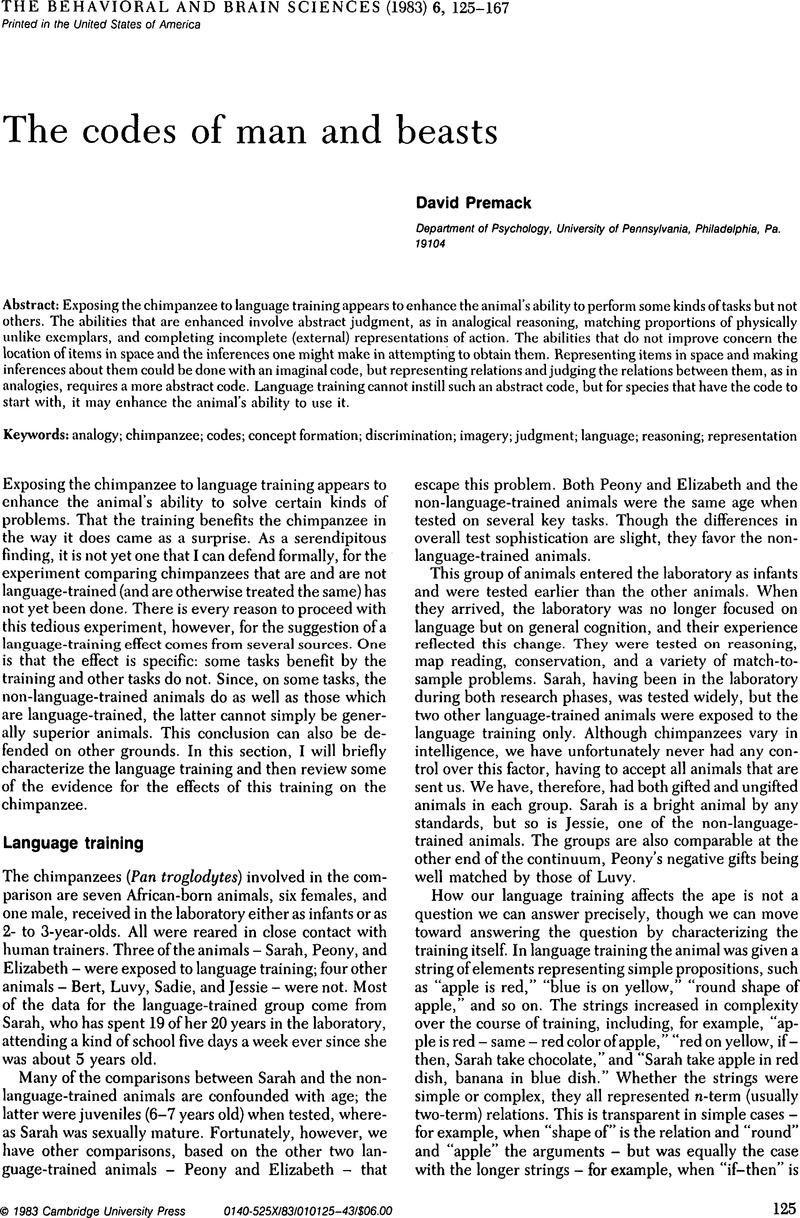Wright, A. A. (
1982) Monkey and pigeon serial probe recognition performance: Effects of item pool size on proactive interference and item-specific associations. Paper presented at the Harry Frank Guggenheim Conference on Animal Cognition, Columbia University, June, 1982. [WAR]
Google Scholar 